As the pace of change accelerates, advancements in digital tools and AI happen in months not years – bringing a greater need for accessible and actionable data to navigate the market. Turner & Townsend Alinea, Digital Trees, Mace and Visibuild explore the impact of digital tools on construction projects
01 / Introduction
The construction industry has experienced a testing few years. It has had to grapple with disrupted supply chains, uncertain pipelines, significant administrations and barriers to resourcing projects from overseas, all while improving the quality and sustainable attributes of buildings. This has encouraged a focus on how value can be added to projects to deliver them on time and on budget, while mitigating some of the inherent challenges in the industry – all of which is only possible through data-led delivery.
Traditionally, construction has lagged behind other industries, but progress is now visible. BIM and digital engineering are standard in design. Virtual reality headsets and flythroughs allow users to virtually visit sites before construction begins. Planning, project and cost management are advanced with cost modelling and real-time dashboards. On-site internet of things devices, sensors, drones, mobile apps and virtual reality are transforming monitoring and management.

02 / Market forces driving digital tools
Complex project environments
Current dynamics within the market, as well as political and regulatory changes, are making commercial developments increasingly difficult. In the investor-developer sector, tenant demand has become more nuanced, requiring higher-quality and more flexible buildings, while investors demand increasing degrees of certainty and transparency.
Construction professionals are seemingly caught in the middle. They need to cautiously navigate a period of heightened risk awareness, financial fragility and skills shortages – all against a backdrop of increased (and increasing) construction costs and stretched viability.
The labour challenge
Output in the UK’s construction sector is expected to grow at an average annual rate of 2.1% between 2025 and 2029. The Construction Industry Training Board (CITB) suggests that to deliver this rate of growth, almost 48,000 additional construction workers will be needed annually over this period.
The construction workforce is 341,000 people smaller than it was in 2019. Without a similar rise in productivity, this has resulted in project resourcing struggles, on-site churn and wage growth. A survey of frontline (also called deskless) workers by YouGov and global technology company SafetyCulture found that 71% of workers believe skills shortages present critical issues, impacting on productivity, accuracy and safety, with 61% of construction respondents believing that the industry will be affected by a loss of skills in the future.
This skills shortage not only presents challenges in effectively resourcing a project but could also threaten the time that people are able to spend on vital activities. This makes it imperative that processes are developed to enable repetitive tasks to be automated, and for other tasks made simpler and more accurate.
>>Also read: Infrastructure update: Strategies to boost resilience in face of climate change
>>Also read: Market forecast: Construction sector hangs in the balance
The golden thread
The Building Safety Act outlines the information that clients, principal designers, principal contractors and accountable persons need to retain for a building designated as higher risk. This information is often referred to as the “golden thread” and is needed to comply with legal duties, manage the building safely and record how it complies with building regulations.
The golden thread covers the entirety of a building’s lifecycle, before construction starts, and must act as a “single source of truth” that is continuously updated. This represents a data management and security challenge that sits across organisations but shows how a full digital record for a building could act as a value driver for asset owners.
Sustainability
The sector is facing up to its carbon responsibility. The rising importance of net zero has encouraged clients to ask not just “how much will it cost?” but also “how much carbon will it emit?” – as well as how much carbon it contains. Such demands from clients necessitate that consultants are able to report, benchmark and analyse carbon costs as easily as they do construction costs.
Concentrating on innovative strategies and efficient practices can offer some solutions to these challenges. By improving the way that projects are run, along with fostering collaboration, the construction sector could become more adaptive and resilient.
The consultant’s view | transparency and data clarity
The 2022 Private Sector Playbook for construction recommended that digital information flows and technologies be embedded across the whole lifecycle of an asset. At the same time, the government’s plan to “build back better” focused on improving the UK’s infrastructure, skills and innovation through digital solutions.
In the early part of this decade, digitalisation and democratisation of data were mere aspirations within the industry. Companies were beginning to embed digital strategies that started to extend beyond the remit of a BIM and IT person. In a few short years, a lot has changed.
Digital tools have become essential in modern construction projects. BIM and digital twins have been integrated into the industry, facilitating better planning, co-ordination and real-time monitoring. The key development in our sector has been in tools that can enhance project delivery through streamlining processes, increasing accuracy and providing precise datasets, as well as by creating a collaborative environment to improve sharing of information, thereby enhancing transparency.
Cost consultants advise on cost, carbon, value, procurement and risk. Consequently they hold large amounts of data, for instance on rates. However, access to data alone is limited in value. The datasets need to be clean, well organised, and matched with detailed context to enable informed judgment to be layered on top, creating meaningful insights and actionable advice appropriate to the project stage.
Consultants are finding ways to address this. For example, Turner & Townsend has developed a comprehensive digitally enabled data lifecycle, which allows for a single source of truth, accountability and accuracy. This environment uses a series of bespoke apps and tools to collect, analyse and drive insights. The digital hub of the entire dataset is called The Hive – a bespoke, web-based portal that includes a client accessible app. Cost and project data is captured in real time through cost modelling, cost planning, tendering and agreement of final accounts. The datasets also capture information tangential to cost, including carbon, specification, design metrics and programme.
With more data at hand, real-time insights into market conditions, and foresight on market trends, clients can enjoy improved pricing predictability and assurance in their sustainability goals. By adopting a “should cost” approach, major practices now set the cost journey before design, working the design to cost rather than costing the design. This approach improves project timelines and reduces waste in both resources and time.
As the industry evolves to meet carbon reduction targets and deliver more sustainable outcomes, we must recognise that carbon is construction’s second currency, and teams should be as fluent in kgCO₂e/m² as they are in £/m². Tools such as embodied carbon calculators, being developed by some consultants, help clients assess and manage carbon throughout a project’s lifecycle.
Integrating cost and carbon intensity in a clear and ordered way allows these issues to be considered holistically and interrogated through workshops, thereby supporting informed decision-making. This has already allowed identification of carbon-intensive elements with relatively small cost impacts. Using intelligent embodied carbon tools is already supporting combined cost and carbon savings on projects. On one project, Turner & Townsend has evidenced elemental savings in both carbon and cost, and on another it has tracked a 20% reduction in embodied carbon compared with concept design and a 7% decrease in building costs.
The contractor’s view | supporting the golden thread
Digital collaboration and data are embedded in the construction process. Contract administration, model management and quality controls are all digitalised, and on-site monitoring not only helps track access but also can provide insights into productivity, workforce planning and safety briefings. Digital tools offer the option to collaborate in real time, support decision-making and pursue the golden thread of information required by the Building Safety Act. The challenge during construction is the fragmented nature of workflows, version control challenges and typically siloed communication in large, multi-stakeholder environments.
While BIM is well embedded in the industry, it is still a vital part of the process, and we need to ensure we get the basis right to allow collaboration, especially in the early stages before 2D deliverables are complete. On a complex project, this can save time by avoiding abortive work and increasing transparency throughout the design process.
Creating ways to reliably automate repetitive tasks is a route to higher productivity. Builders’ work in connection (BWIC) has been a major focus at one London commercial project undertaken by Mace, where proactive and open co‑ordination among trades is aiding in the elimination of interface clashes and minimising rework, with anticipated savings in the millions. This approach aligns with the Building Safety Act by providing clear traceability and accountability throughout the design and construction process.
Digital tools have enabled consistent model co‑ordination and early engagement with MEP contractors, while innovations such as virtual reality (VR) are enhancing visualisation and co‑ordination in congested areas. Automation of planned versus actual reporting has improved reliability and can result in each user saving two to three hours weekly by streamlining manual processes.
The Building Safety Act has heightened the value of maintaining a golden thread of information. On one London project, Mace set out to create a consolidated as-built BWIC model that integrated data from the fire-stopping subcontractors and multiple asset models. This posed a considerable co‑ordination challenge, particularly in upholding the integrity of the fire strategy and compliance with the Building Safety Act.
The scope encompassed over 7,000 individual penetrations, including builders’ work holes, site-drilled openings, and fire-stopping installations, all of which required precise documentation, tracking and verification. The integration of information from multiple disciplines and ensuring all fire safety data was embedded within the BIM model added further complexity. A key obstacle was reconciling diverse data sources, including inputs from the design team, models from specialist subcontractors, and reality-capture data, such as point clouds and 360° scans hosted on third-party platforms (like iFire).
Yet the model allowed for 100% of site-drilled holes to be either modelled or verified against as-built reliable data, and hundreds of fire-stopping products were modelled with embedded metadata (such as fire rating, product reference, system type). Over 15 co‑ordination workshops were conducted to align contractor, consultant and subcontractor inputs, and no critical fire safety compliance issues were raised at final digital quality assurance stage. The enhanced digital handover delivered a model-ready asset, with traceable assets for facilities management and future fire strategy audits.
The success of digital tools lies in how all the data is brought together. Control rooms create a digitally enabled space with a complete digital picture of a project, incorporating different datasets and systems that may otherwise be siloed, such as installation rates and component traceability. Using a standardised data model, automated software integrations and a centralised data cloud, the control room provides stakeholders with easy access to live progress reports, which enables faster, better-informed decision-making at all levels, with less duplication of effort.
Along with other technological advancements such as generative design, automated scheduling and real-time monitoring, these digital tools are transforming project delivery. This change involves not just tools but also skills and culture. The future will see AI redefine roles and workflows, automating tasks and increasing productivity. A new skillset focused on data interpretation and digital collaboration is essential.
The client’s view | Designing with insight – start with the problem, not the platform
Nearly three years after ChatGPT’s launch, the initial frenzy around AI has matured into perspective. The question is no longer what AI can do, but how we can use it meaningfully. For construction and real estate, this means shifting from chasing tools to fixing the foundations of how we handle data.
Most digital transformation efforts still start with solutions, not problems. The industry is awash with software, yet little of it connects. There are examples of contractors using multiple (more than a dozen) different systems to generate project dashboards – before even counting the supply chain’s own tools. The result is not efficiency, but friction.
This fragmentation creates two consequential effects: loss of time and of trust. Teams spend up to half their week assembling information for reports that are out of date the moment they are shared. Manual work introduces errors, inconsistencies and duplicated effort. As confidence in the data erodes, scrutiny increases – a loop of inefficiency that leaves everyone busy but few truly informed.
At the heart of this is a basic misunderstanding of what data actually is. Many organisations believe their common data environment (CDE) holds the answers. It doesn’t. Most CDEs store documents, not data. The real information sits embedded in spreadsheets, pdfs or drawings – invisible to systems and inaccessible without human effort. Until data is structured, timestamped and standardised, it cannot be trusted or used intelligently.
Other industries have already solved this problem. By storing information in a consistent, machine-readable form, accuracy is improved and insight compounded. Once something as simple as the cost of a concrete column is stored as structured data, patterns emerge by contractor, by method, by time. The information becomes reusable intellectual property.
Technology matters less than the discipline behind the data. The arrival of reasoning AI models means those that have invested in structured data will now see real dividends. In the short term, these systems can automate many of the industry’s most painful tasks – sustainability disclosures, board packs and responses to requests for information. Over time, predictive and autonomous tools will reason across portfolios, model design options and optimise procurement before tenders are even issued. All this brings the real prize – recovering time to think, challenge and improve.
Starting with the problem is key. If you understand where friction lies – whether in reporting, design co‑ordination or procurement – then digital solutions become lighter, cheaper and far more durable. The most successful transformations are not the most complex; they are the clearest. They begin with people who understand their processes and the value of connecting them.
There is evidence of clients mapping every stage of their development lifecycle. When viewed end-to-end, the inefficiencies were obvious: duplicated effort, manual handovers, and re-entry of the same data across systems. That single exercise reframed the opportunity for automation – not as an abstract concept but as a direct way to remove waste.
Technology alone does not improve construction; connection does. When information flows freely and is structured at source, everything becomes easier – analysis, collaboration and ultimately AI adoption.
The tech perspective | structured quality assurance, ready for what’s next
As construction embraces digital delivery, the value of structured data is increasingly clear. Beyond programme tracking and cost control, digital tools are redefining how projects manage risk, accountability and compliance. One area where this shift is already driving measurable impact is quality assurance (QA). Here, digital tools can deliver immediate gains and long-term strategic advantages.
Many projects still manage QA using pdfs, spreadsheets, WhatsApp conversations and paper forms, which can result in missed inspections, inconsistent records across different trades and delayed sign-offs with unclear handovers. These fragmented workflows not only slow down delivery but also undermine the integrity of the project record – something that regulators and insurers are increasingly unwilling to tolerate.
The Building Safety Regulator has indicated that only about one-third of gateway 2 applications have been approved. The rest have either been invalid, rejected or withdrawn due to poor documentation. Although gateway 2 applies to specific building types, this reflects a wider shift; structured and verifiable data is becoming non-negotiable.
Construction quality assurance software – such as Visibuild, for example – can replace fragmented processes with one structured, transparent workflow. It allows teams to plan, capture and verify quality data in real time from design to post-completion, creating a single, auditable source of truth for every asset. From design through to handover and post-completion, it centralises all QA records into one system, providing full lifecycle visibility and accountability. The result is measurable improvement in delivery outcomes: fewer defects and a verifiable digital record of quality that strengthens both compliance and asset value.
A major contractor used Visibuild to manage QA on a residential development involving over 50 companies. It logged 39,000 inspections across multiple trade packages, supported by approved drawings, specifications and photographic evidence. This generated an extensive, structured QA dataset at completion, providing the asset owner with a comprehensive, verifiable digital record of quality.
Structured QA isn’t just about meeting regulatory requirements; it’s about reducing risk, improving delivery, and generating data that teams can rely on. Construction quality control software also lays the groundwork for smarter, AI-driven delivery in the future, by enabling automated compliance reporting, performance benchmarking and data-led decision-making across portfolios. As the industry continues to digitalise, quality is the real measure of progress.
03 / Bringing it all together – collaboration and progress
Achieving transparency and a single source of truth requires digitalised processes across the whole team, which can be a challenge in construction’s fragmented structure. The goal should be to have all stakeholders working from the same digital environment, whether in cost, carbon, design, quality assurance or project controls. At their best, digital tools can facilitate better collaboration among design teams, contractors and clients. A common data environment ensures seamless access and sharing of information, leading to more co‑ordinated and efficient project execution.
Capturing data and information in a way that allows it to be discussed and interrogated allows for team decisions to be made with all the evidence. This drives better decisions, reduces disputes and could shorten programmes.
Many of today’s tools and processes have their sights set on AI, but it is not a silver bullet. The enthusiasm surrounding it is accelerating digitalisation and encouraging companies to develop a strategy for structured data capture, acknowledging AI will only be as effective as the data it learns from.
Yet there are significant barriers that need to be overcome, such as cost, data governance, cultural resistance and inconsistent standards. Companies that manage to successfully adapt to modern ways of working require leadership buy-in and training, as well as the right strategy, culture and processes. To navigate these challenges, it is possible to start small with pilots to build momentum and provide tangible results, which can encourage wider adoption.


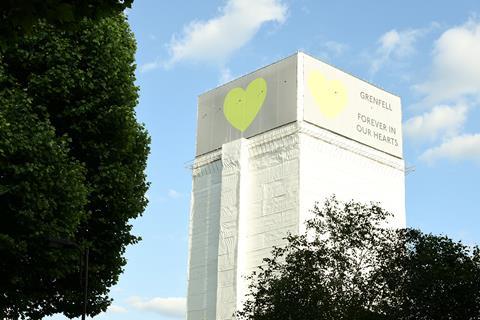





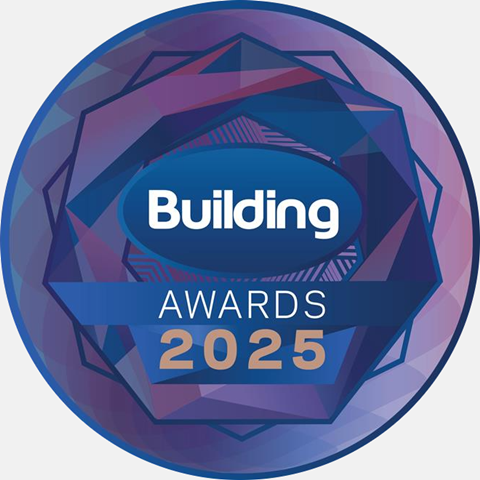
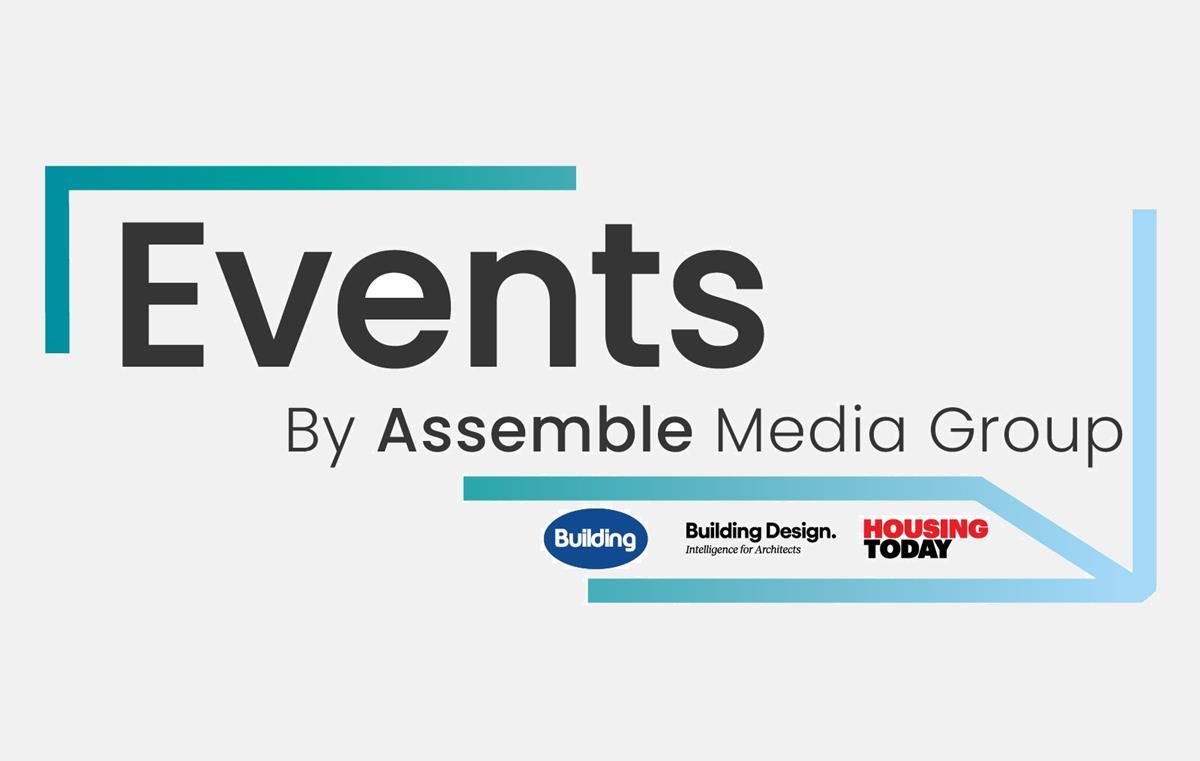




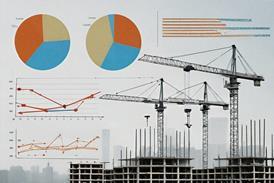
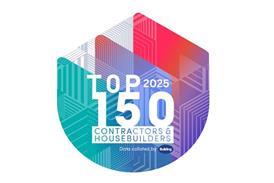



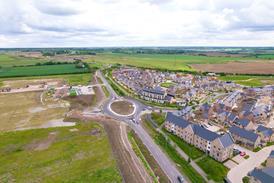







1 Readers' comment